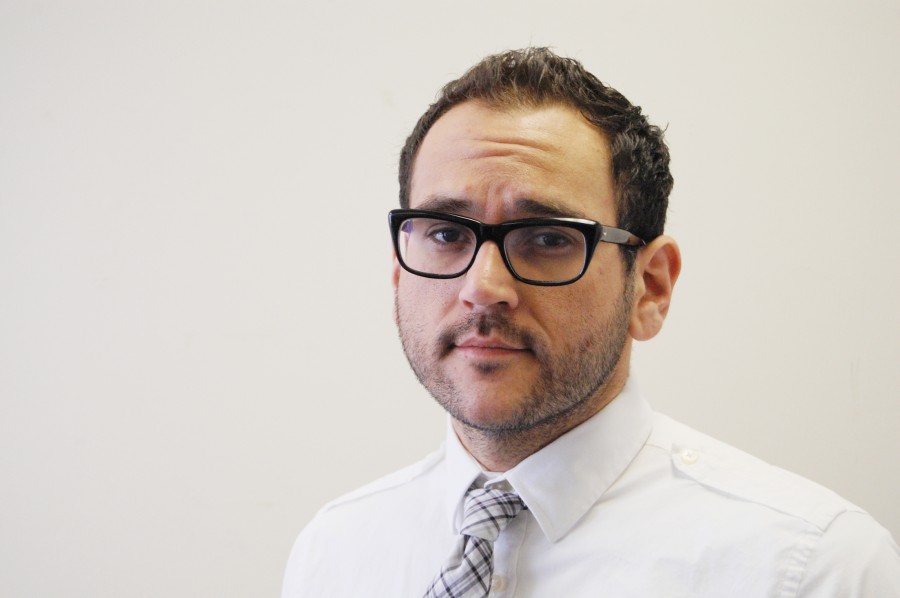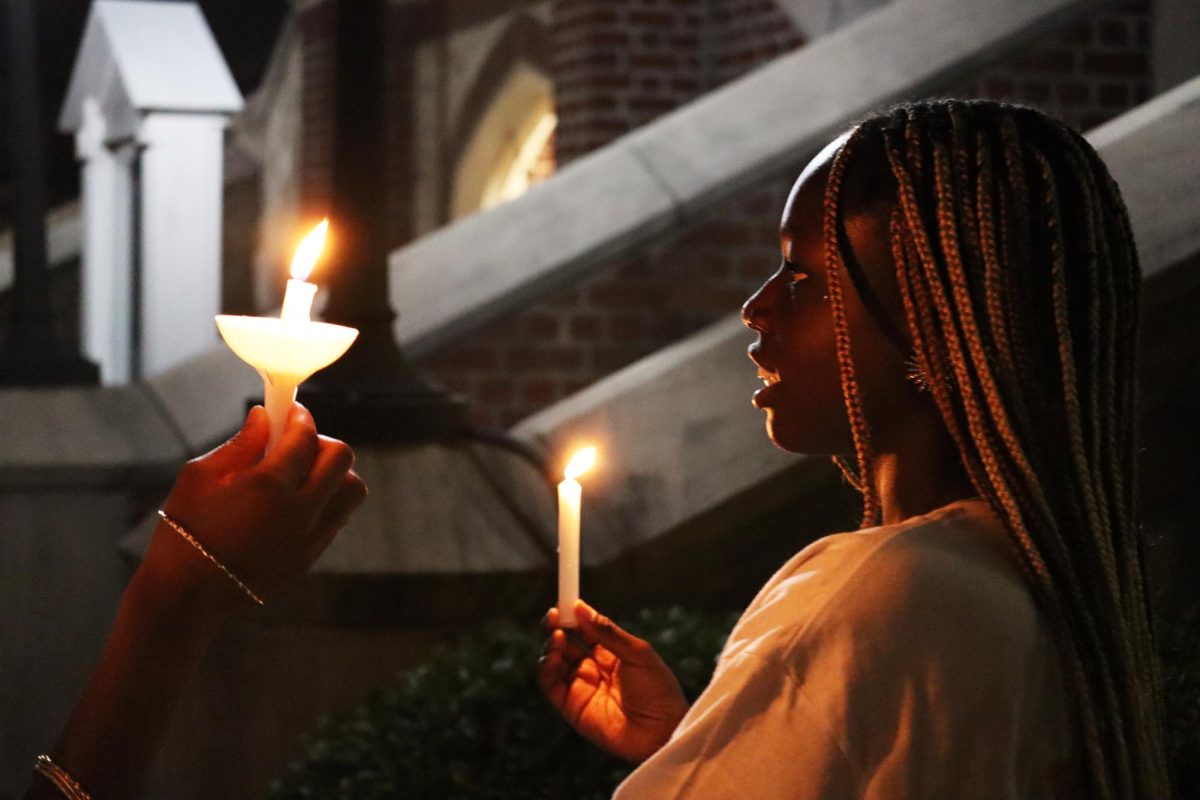In the news release “Busted” on Sept. 16, The Maroon reported Loyola’s new policies regarding the enforcement of drug prohibition on campus. “As of fall 2009… students can be arrested by New Orleans Police Department and taken to jail if in possession of narcotics.” This policy differs from the past, when Residential Life officials discerned whether violations should be dealt with internally by university disciplinary processes or reported to the police. Now, as Robert Reed noted, “[i]t’s really up to the officers to decide what to do.”
The rationale behind this change is straightforward; it carries obvious benefits from the perspective of university administration. First, to the extent that students perceive the policy as more severe, they will avoid possessing and consuming illegal drugs on campus. Second, insofar as there are fewer drug violations on campus, the university avoids any associated legal liabilities.
Less obvious are the various costs that such policies may impose upon the welfare and safety of the Loyola student body. I’m not just talking about the forgone losses to students who would want to use drugs on campus and now don’t or cannot – what economists would call dead weight losses. Raising drug penalties on campus is synonymous with raising their costs and thus discourages such behavior, but like all prohibitions, we do not know exactly how individuals will react to higher costs.
Amy Boyle, associate director of Residential Life, was reported as saying the number of drug law violations on campus have dropped since the implementation of the policy. But is this the whole story? Costs and benefits are not perceived in a vacuum, they are more often relative concepts. In order to recognize the fuller scope of costs to prohibition, policy makers should ask what the alternative behaviors are that have become cheaper in relative terms because of increased penalties. In other words, I doubt that students, once drug users, are now diligently studying in the Monroe library.
What are the available alternatives for drug possession and consumption on campus? My best guess is that students creatively seek alternatives when the costs of drug use on campus increase. First, I’d expect alcohol consumption on campus to increase, and second I’d expect off-campus drug use to increase.
These alternatives probably retain many of the differed liabilities and benefits to the university, but they probably impose costs and risks to student welfare. Binge drinking has greater health risks than marijuana consumption, for one. Secondly, in conjunction with the policy that on-campus students cannot own cars, the new drug policy in effect encourages Loyola students to wander the local neighborhoods.
I am not trying to imply that Loyola should change its drug policy. The issue is complex for sure. I am unfamiliar with the precise legal liabilities that the university may have once been exposed to with previous policies. My hope is to merely point out that the university enjoys the benefits of the new policy while the costs are borne by students. It is a tragic reality that the United States criminal code creates incentives for the university to sacrifice student welfare.
In closing, I offer a brief message to students: be careful, and look out for one another. The bonds of trust, responsibility and reciprocity forged through friendship and social cooperation are remarkably effective means for promoting safety and human welfare.
Daniel D’Amico is an assistant professor of economics. He can be reached at







